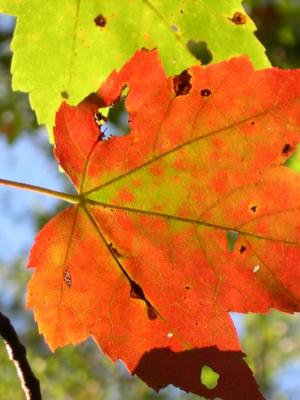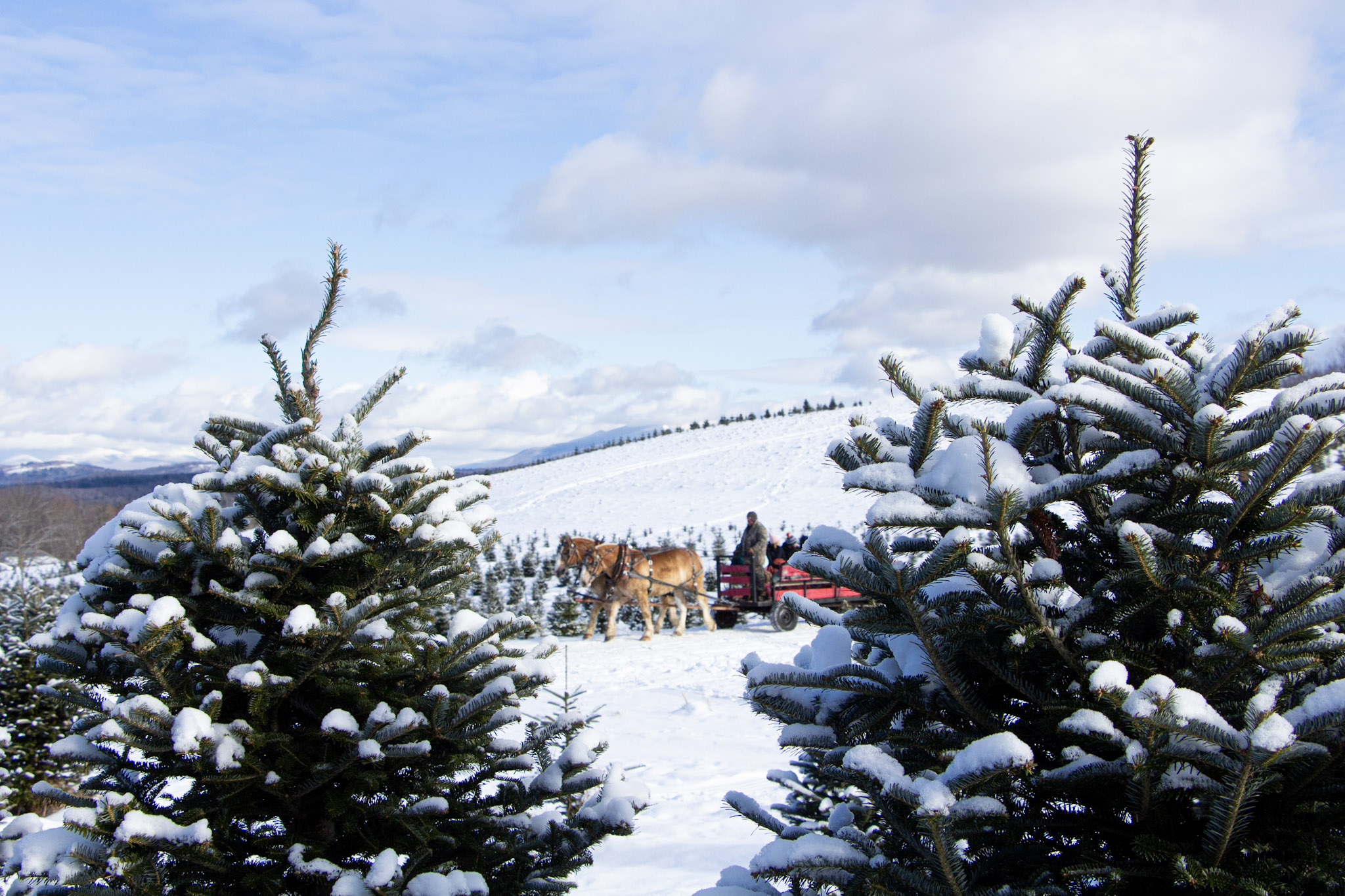Something Wild
- Tags:
- Something Wild

Perhaps it’s just hard to see the trees for the forest?
Consider how "selective attention" and human "plant blindness" may affect conservation priorities.
OK, wo when you’re looking for that jar of peanut butter in the grocery store, you aren’t seeing all the other jars and boxes on the shelves. You’re subconsciously filtering out the items that don’t have anything to do with that peanut butter. This is called “selective attention,” a term you might recognize from psychology 101.
Picture yourself in the grocery store. You’ve got an organized list in your hand and you’re looking for the things on that list. And as you go down the aisles you’re whizzing by dozens, maybe hundreds, of things on the shelves until your eye picks out that one jar of peanut butter that you have on your list. It’s an efficiency technique that helps you find what you’re looking for.
It is a technique we’ve developed to help us to pay attention to one or two sensory inputs while ignoring the others. And we use it everywhere, even in our discussion about the natural world. When we talk about the great outdoors, it’s almost always in the context of the animals that live there, but little mention is made of the other organisms…like trees.
A recent study published in Conservation Biology examined the funds earmarked for conservation projects, and found that just four-percent of the funds were being used to conserve plant species. This seems a little out of balance when you consider plants make up 57-percent of endangered species in the U.S.
It’s worth bearing in mind that some of the 96-percent of funding used for animal conservation was used to preserve the habitat that those animals need, so is that 4-percent number may be a little soft. But it highlights the problem that conservationists are more likely to get funds for projects having to do with animals.
This could simply be a PR problem, but perhaps it’s selective attention in action. Perhaps humans ignore plants because people find plants boring (sacrilege, right?)! Of course, people like and appreciate trees, but most of us don’t see plants move around or vocalize so they just fade into the background, except during the foliage seasons.

But plants do communicate (quietly) and they do migrate (slowly, very slowly).
This selective attention has roots that are probably tens of thousands of years old.It probably dates back to primitive ancestors would scan the area around them looking for things to eat or things that would eat them. And harm rarely came from plants, it came from animals looking for a meal. So we’re hard wired by evolution to notice movement. Additionally, we’re animals and so are more likely to identify with other animals.
But plants have played a large part in maintaining the health of our species. Don’t forget we didn’t just hunt, we gathered too. And many cultures are tuned in to plants because that’s where their survival comes from. Nevertheless, for whatever reason, we live in a society today, where there is a pervasive plant blindness. Folks often just see a big green wall of vegetation not the hundreds of different species of plants out there.
Perhaps it’s just hard to see the trees for the forest?
